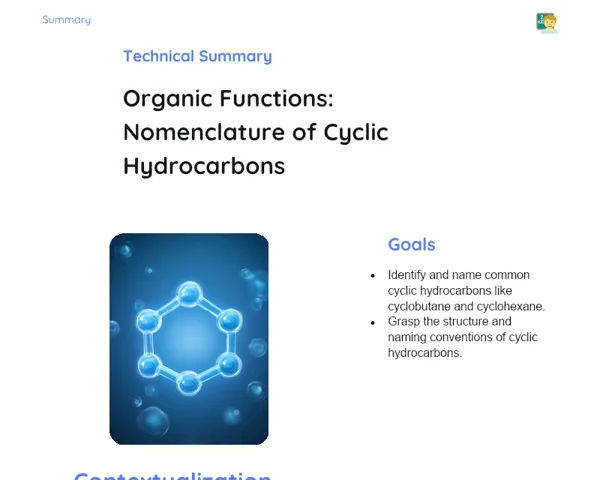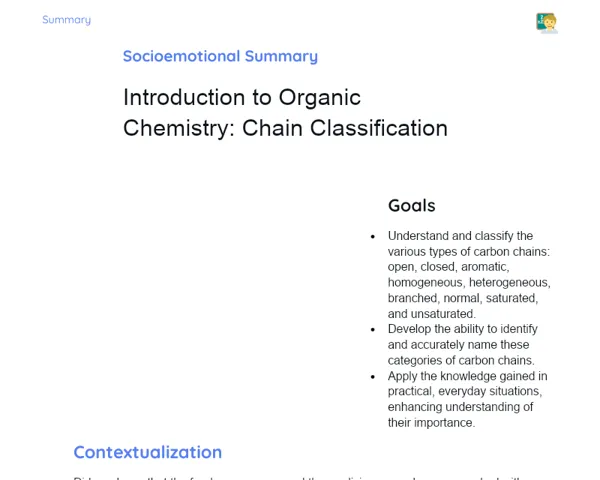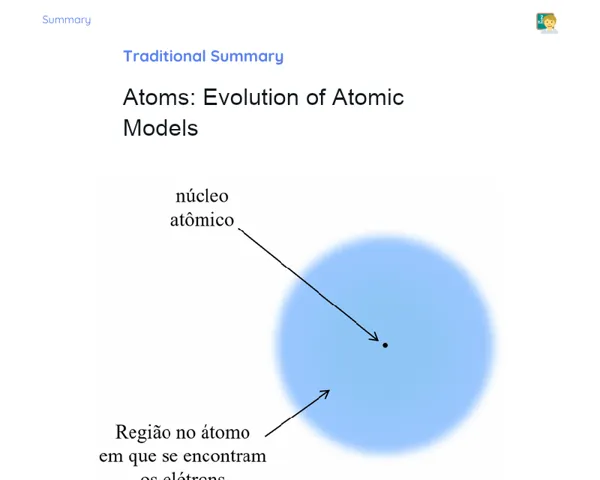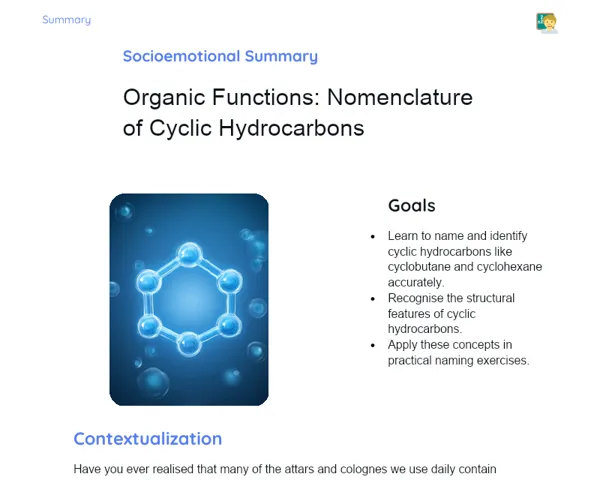**Title:** "The Journey of Atoms and Ions: A Chemical Adventure"
Once upon a time, in a small molecular town, there was a group of very special friends: Proton, Neutron, and Electron. This trio, made up of the subparticles of an atom's nucleus, embarked on thrilling adventures together. Each had a unique role: Proton, with a positive charge, Neutron, always neutral, and Electron, who was negatively charged, happily orbiting around the nucleus with vibrant energy. Little did they know, their next adventure would lead them to explore new horizons and uncover the fascinating world of ions!
### Chapter 1: The Awakening of Ions
On a bright sunny morning, the little molecular town was buzzing with excitement. This was because Professor Quark, the wise resident scientist of the Particle School, was about to unveil a fresh topic in his class. Dressed in his white lab coat and safety goggles, he said with enthusiasm: "Today we are going to delve into the realm of ions!" The classroom fell silent, and everyone listened closely. Professor Quark then posed a challenge: "Can you tell me what ions are? To continue the story, you must answer: What sets an ion apart from a neutral atom?".
The students, wide-eyed with curiosity, discussed among themselves, and eventually, one brave student replied: "Ions are atoms that have either gained or lost electrons, thereby acquiring positive or negative charges!" With a nod of approval, Professor Quark smiled, and a warm light began to glow around our friend Electron. He felt a change happening - he had lost some of his fellow electrons and transformed into a cation, glowing with a positive charge. "Wow! I’m a cation now!", exclaimed Electron, thrilled with his new identity.
But curiosity didn’t end there. Proton, always the leader of the group, inquired: "What if we absorb an electron?" Eager to experiment, they watched as Proton and Neutron transformed. Upon the addition of an electron, they became an anion, acquiring a more negative charge. "This is fantastic!", everyone exclaimed, amazed at the new forms and possibilities that ions could offer.
### Chapter 2: The Atomic Hunt Mission
Suddenly, the molecular town was buzzing with a new and exciting development: magical QR codes were appearing everywhere. Professor Quark, his eyes twinkling with excitement, announced the next challenge: "Let’s embark on an atomic hunt! You will need to find and scan these QR codes with your phones. Each one holds a clue or question regarding atomic structure and ions. Let’s see who can rack up the most points!".
The groups quickly formed and started scanning the QR codes scattered around the town. With each scanned code, a new question popped up, revealing more about the puzzle: "What are the three basic subparticles of atoms?" The students, filled with enthusiasm, exclaimed: "Protons, Neutrons, and Electrons!" And so they progressed in the hunt, collecting points and uncovering insights about cations and anions.
With every QR code discovered, new revelations followed. One of the codes posed the question: "How do you distinguish a cation from an anion?" The students, now brimming with confidence, answered that cations carry positive charges because they’ve lost electrons, while anions have negative charges because they’ve gained electrons. With each correct response, more mysteries were unraveled, and points kept piling up. The laughter and delighted expressions showcased just how much fun they were having while learning.
### Chapter 3: The Great Atomic Talk Show
As a grand finale to the hunt, Professor Quark had a delightful surprise in store: "Let’s record a talk show! Each group will pick an atom to interview and showcase guest subparticles and ions. Get your scripts and cameras ready!" The students, thrilled with the idea, set to work. They rehearsed their lines, adjusted the cameras, and created amazing setups.
On the day of the big event, the stage was set, and the atmosphere was electric. The first group introduced the Oxygen Atom as their special guest. "Tell us about your subparticles," asked the presenter, a curious and witty Electron. Oxygen, beaming with a smile, replied: "I have 8 protons, 8 neutrons, and 8 electrons." The audience clapped. "And when do you become an ion?" pressed the presenter. Oxygen explained that by gaining two extra electrons, it transforms into an anion (O2-), making it even more fascinating.
The interviews continued to be engaging. Various atoms and their ions took the spotlight, each sharing their stories and roles in nature and technology. Cations and anions were discussed in detail, covering their uses in smartphone batteries to their crucial roles in medicine. The audience was captivated, learning and enjoying the lively stories and creative performances.
### Epilogue: Knowledge that Transforms
At the conclusion of this adventure, Professor Quark gathered everyone around and said: "Every atom is a little star in the chemical universe. Today, you’ve discovered the impact of subparticles and ions in various fields, from smartphones to healthcare!" Everyone, reflecting on the many discoveries, concurred that the journey had been more than educational; it was magical and transformational. By grasping atoms and ions in such an engaging manner, they not only mastered the material but also realized how this knowledge shapes modern technology and everyday solutions.
Returning to their daily routines felt more enriching than ever. With inspired minds, the students were eager to explore and innovate in the atomic universe, carrying with them the lessons learned from this incredible tale about atoms, ions, and the vast expanse of chemistry.
Summary of Atoms: Characteristics of Atoms and Ions
Lara from Teachy
Subject Chemistry
Chemistry
Source Teachy Original
Teachy Original
Topic Atoms: Characteristics of Atoms and Ions
Atoms: Characteristics of Atoms and Ions
Want access to more summaries?
On the Teachy platform, you can find a variety of resources on this topic to make your lesson more engaging! Games, slides, activities, videos, and much more!
People who viewed this summary also liked...

Summary
Exploring Cyclic Hydrocarbons: Structure and Nomenclature in Practice
-

Summary
Introduction to Organic Chemistry: Chain Classification | Socioemotional Summary
-

Summary
Evolution of Atomic Models: From Antiquity to Quantum Mechanics
-

Summary
Organic Functions: Naming Cyclic Hydrocarbons | Socioemotional Overview
-
Join a community of teachers directly on WhatsApp
Connect with other teachers, receive and share materials, tips, training, and much more!
Resources
2025 - All rights reserved